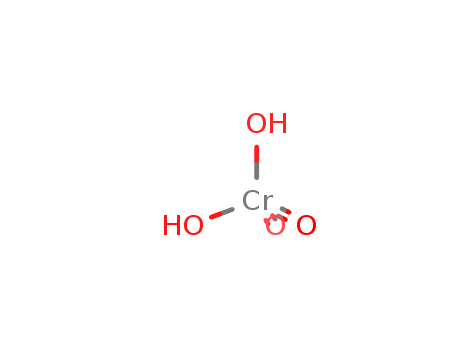10.1021/jo00219a050
The research focuses on the detailed kinetic and product study of the chromic acid oxidation of malonic acid, an atypical substrate in oxidation reactions. The purpose of the study was to understand the pathways and mechanisms involved in the oxidation process, particularly the cleavage of C-H and C-C bonds, and to investigate the reactivity of malonic acid compared to hydroxymalonic acid. The researchers found that hydroxymalonic acid is about 250 times more reactive than malonic acid, suggesting that it would not accumulate in stoichiometric amounts during the oxidation process. The study employed malonic acid, hydroxymalonic acid, deuteromalonic acid, sulfuric acid-d2, sodium dichromate dihydrate, and HClO4 in their experiments, using a Cary-15 double-beam recording spectrophotometer to monitor the oxidation kinetics under pseudo-first-order conditions. The conclusions drawn from the study provide insights into the oxidation of malonic acid by chromium(VI), contributing to the broader understanding of organic oxidation pathways.
10.1021/jo102325s
The research aimed to develop a concise synthetic strategy for the production of two novel 2-methylchromone-7-O-rutinosides, which are flavonoid glycosides with potential cytotoxic activities against human tumor cell lines. The study was driven by the bioactivities of these compounds, particularly their potential as antitumor agents with low side effects on normal cells. The synthesis process involved the use of various chemicals, including Visnagin, chromic acid, hydrogen peroxide, 2,3,4,6-tetra-O-acetyl-R-D-glucosyl bromide, Bu4NBr, K2CO3, 1,4-diazabicyclo[2.2.2]octane (DABCO), trityl chloride, bismuth trichloride, and trichloroacetimidate derivatives. The researchers successfully synthesized the target compounds and evaluated their in vitro cytotoxicity against several human cancer cell lines.




